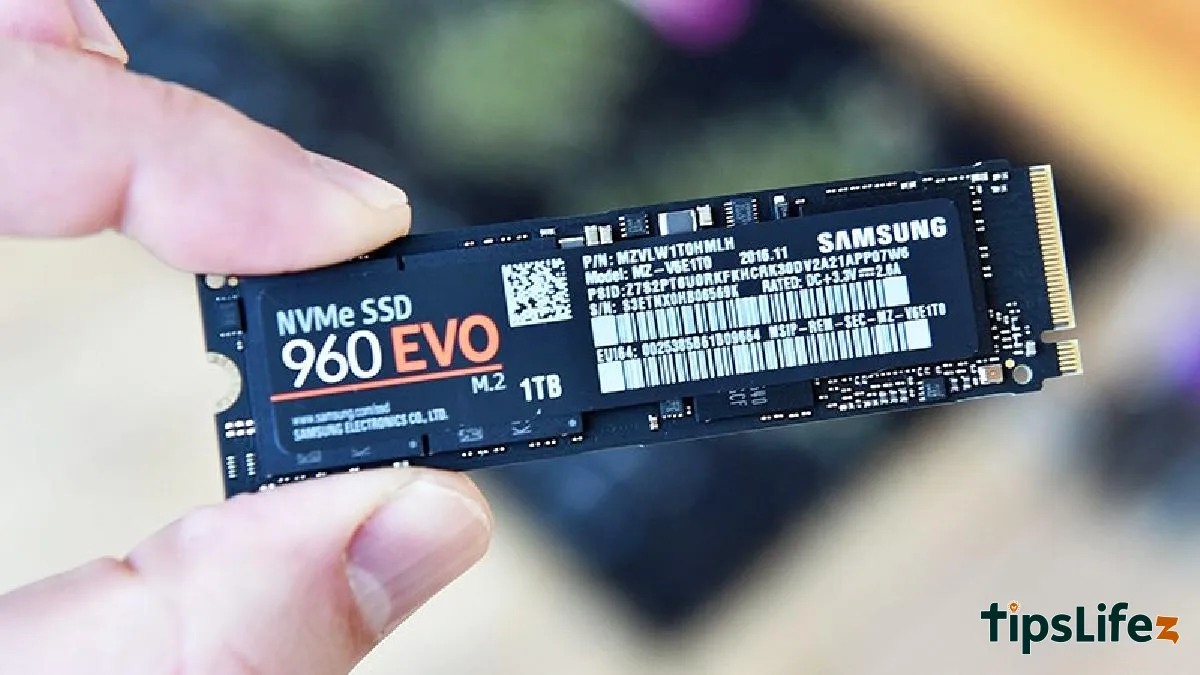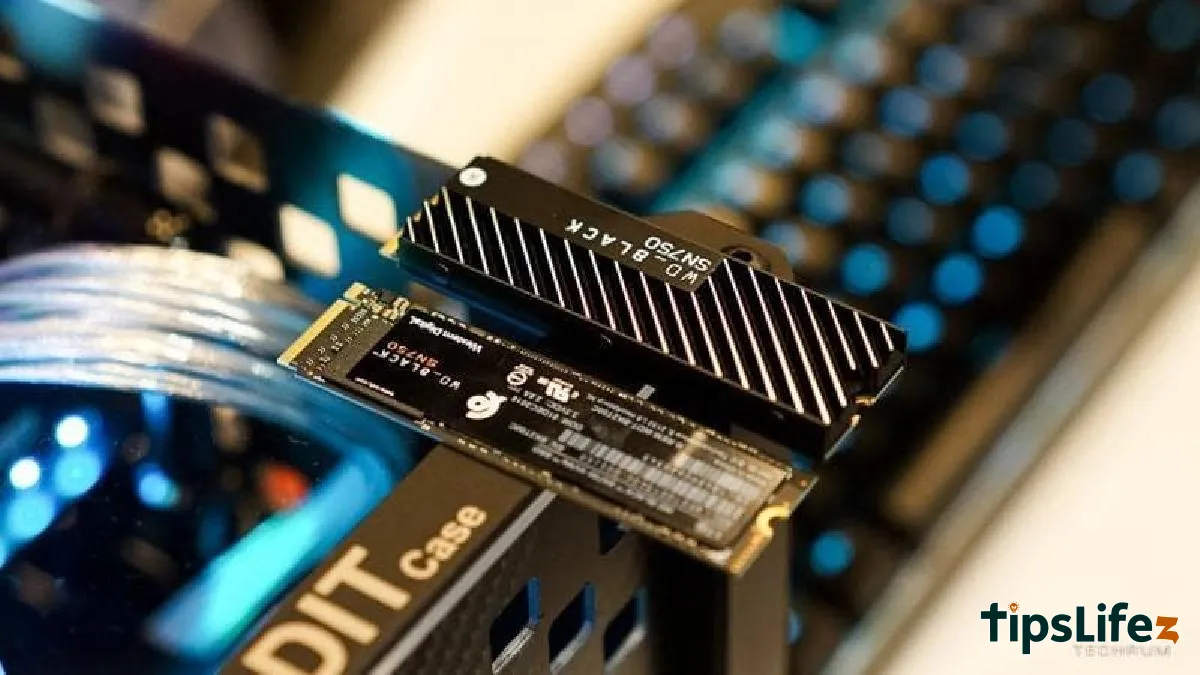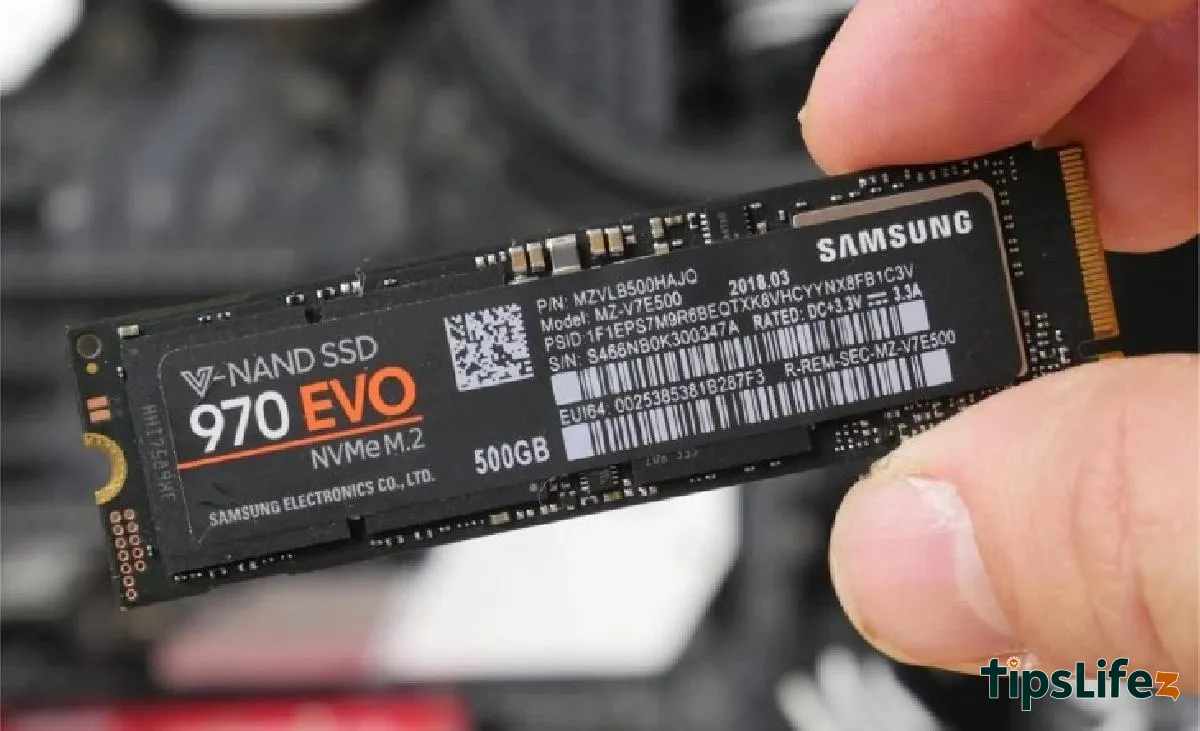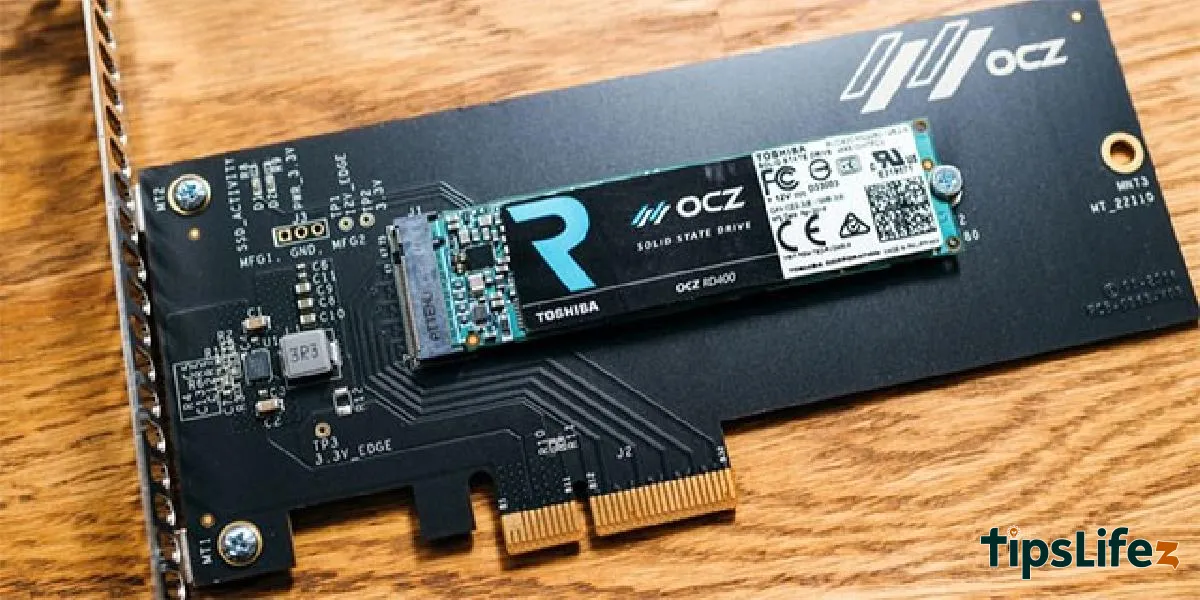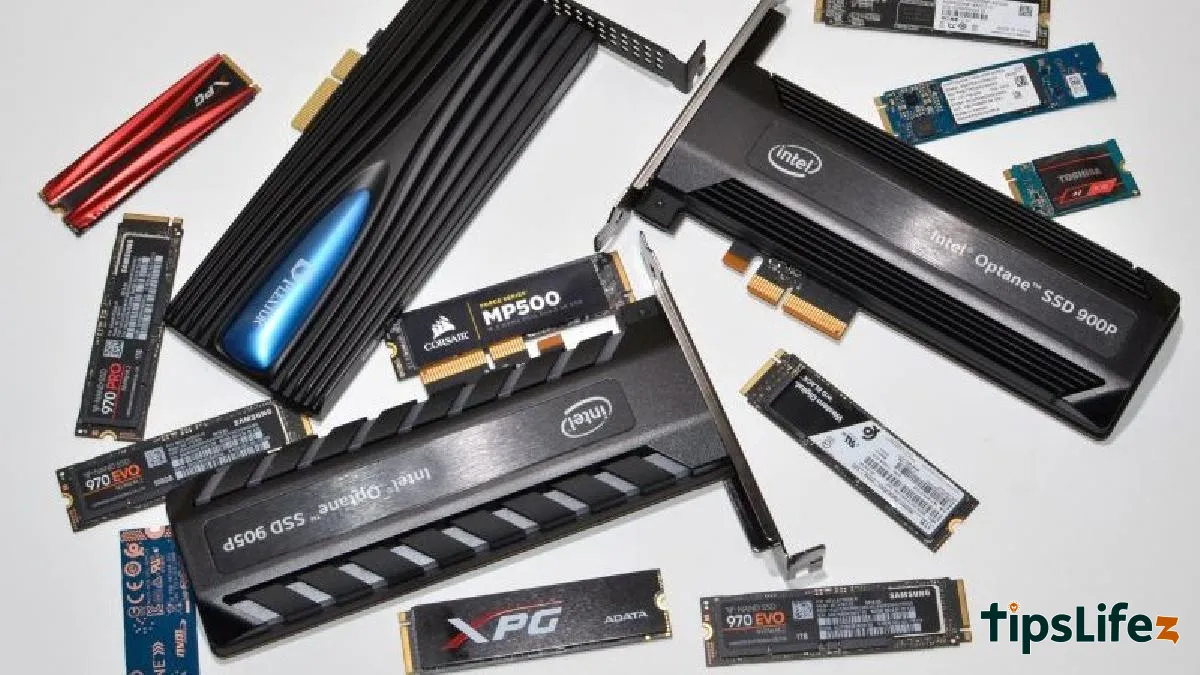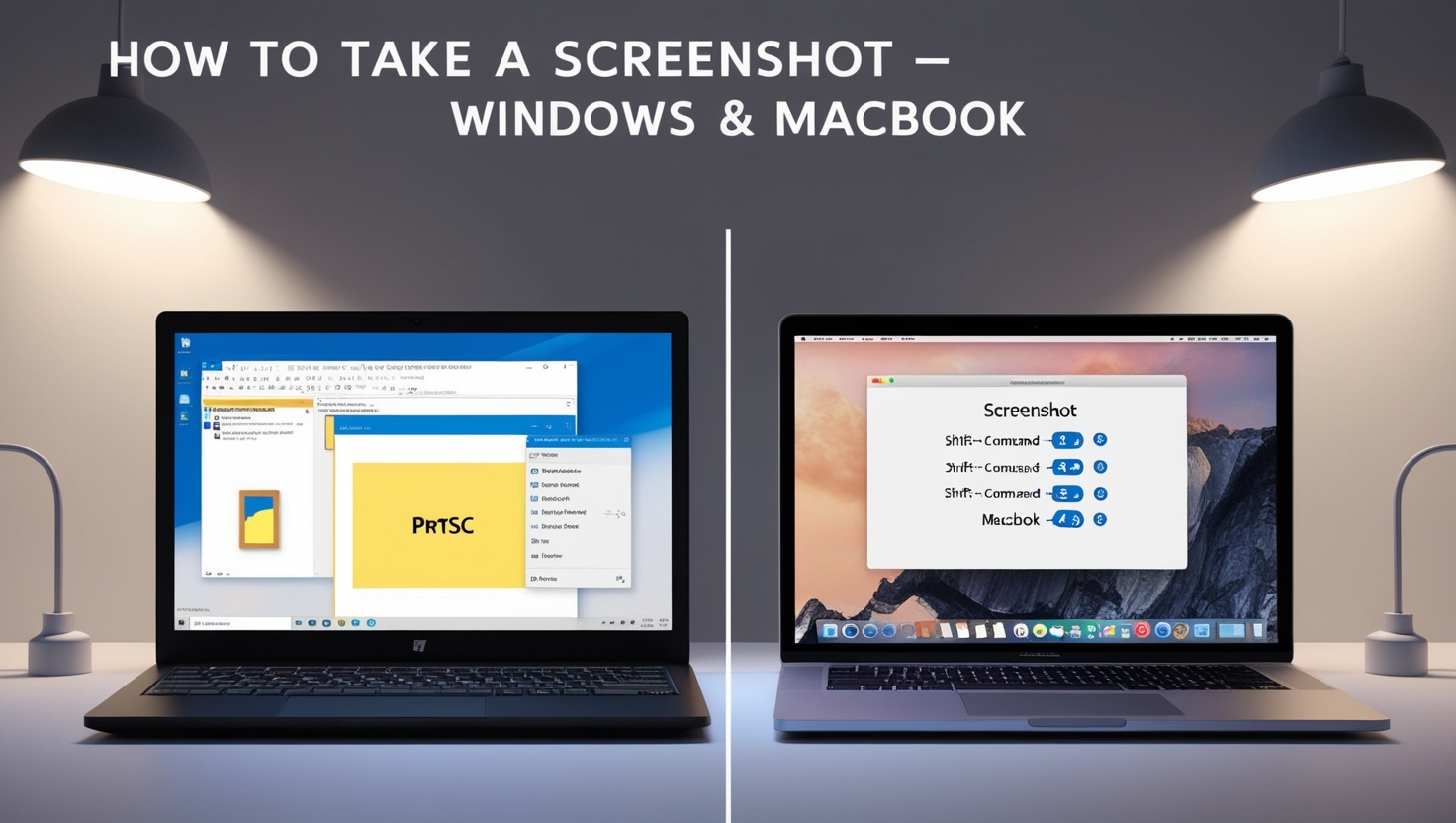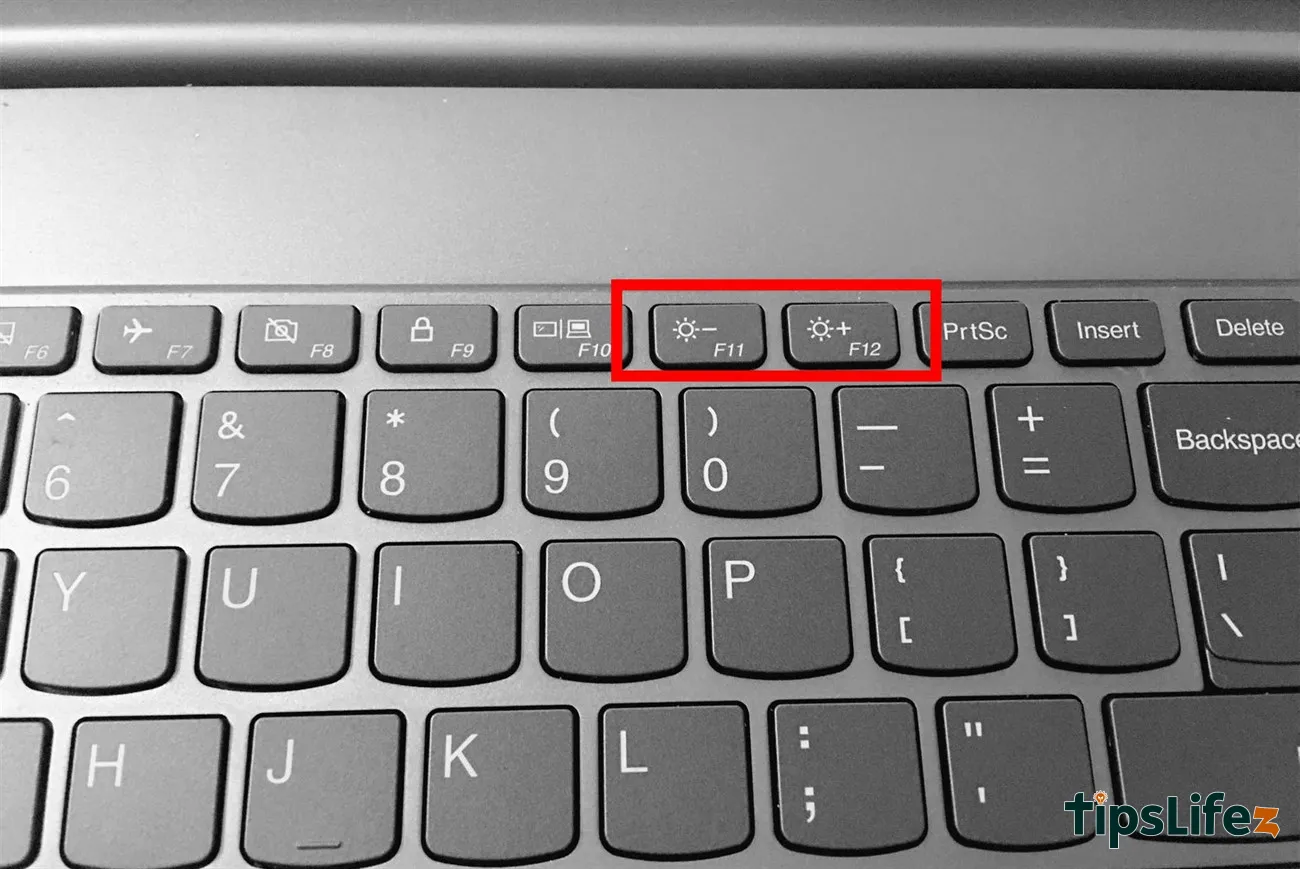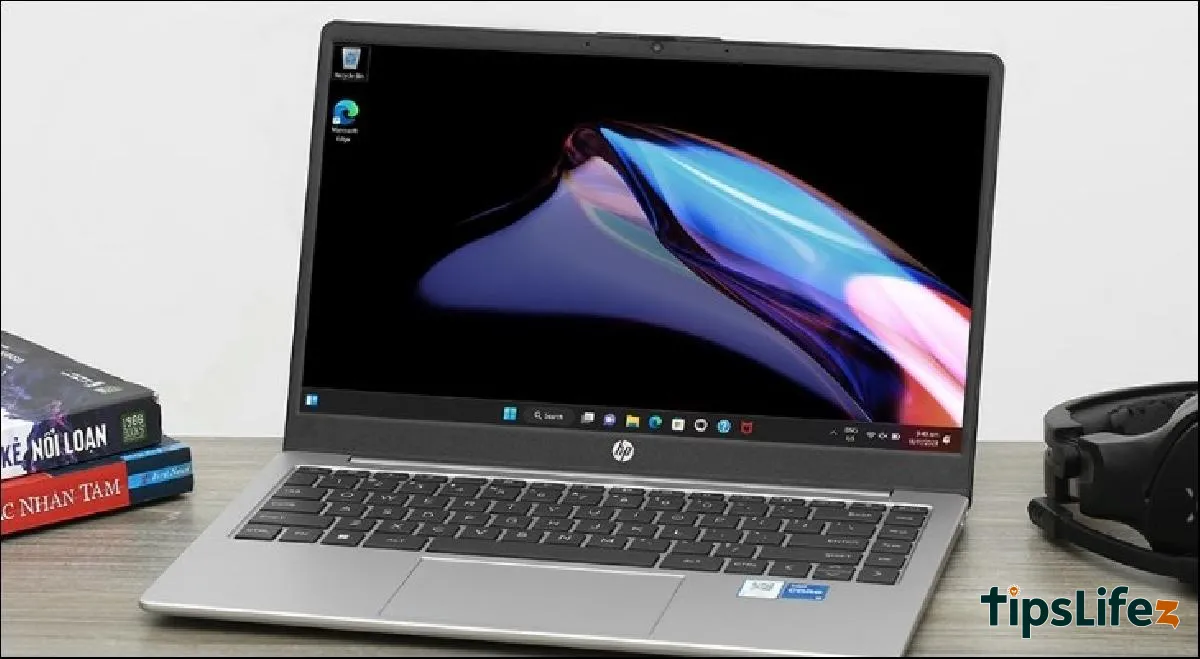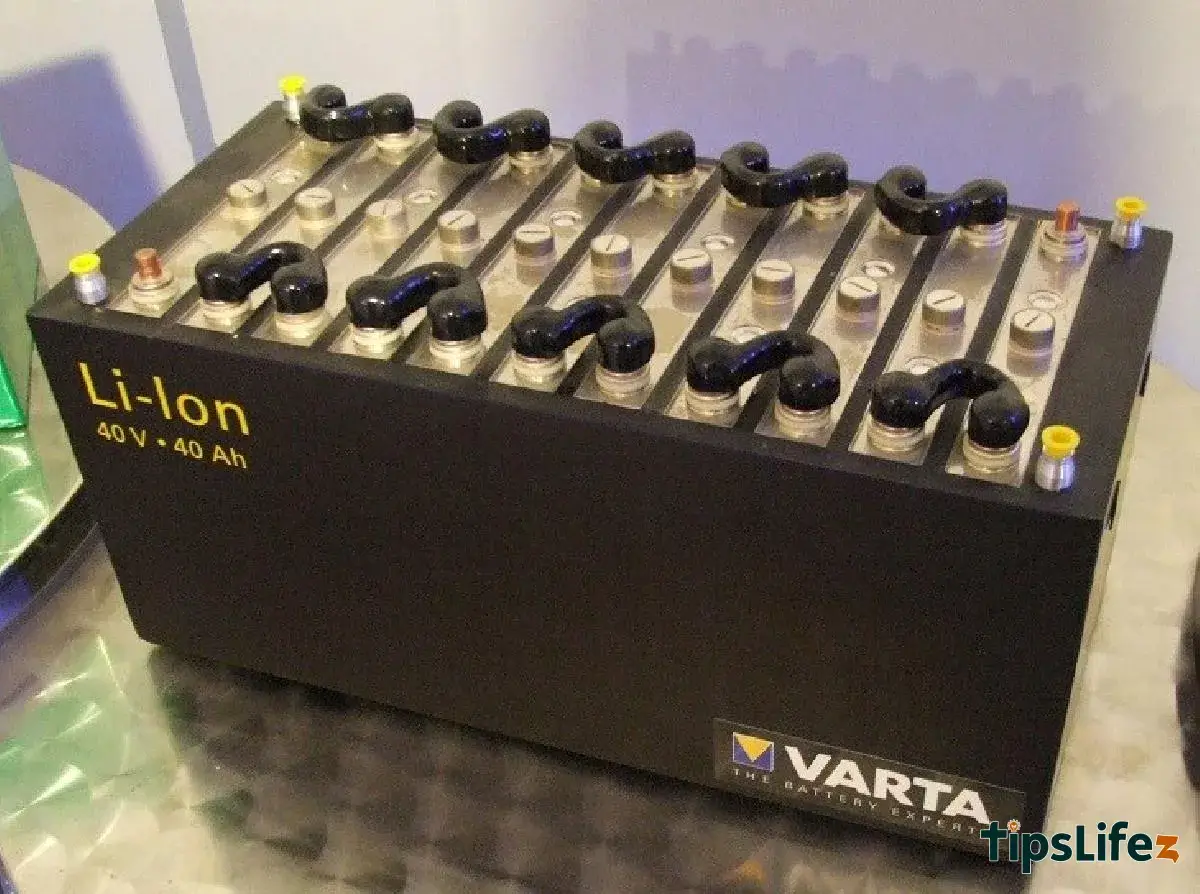This comprehensive guide is designed for users transitioning from Windows to MacBook. It covers essential tips and tr...
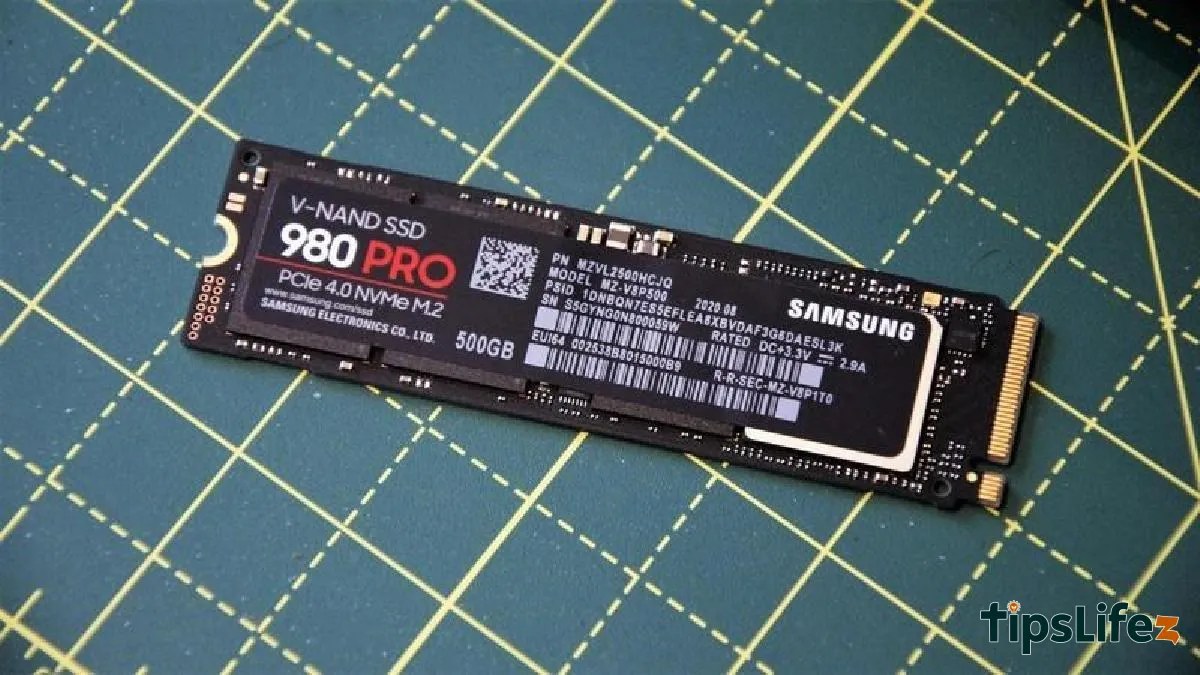
What is NVMe SSD? Characteristics of NVMe SSD
Many laptop users are still unaware of all the accompanying accessories, such as external hard drives. Among them, NVMe SSD are a relatively new definition. Let’s explore the characteristics of NVMe SSD in this article with TipLifeZ!
1. What is NVMe SSD?
Non-Volatile Memory Express, abbreviated as NVMe, is a type of SSD that can transfer data rapidly. NVMe SSD operate by directly connecting the motherboard and the drive.
Most NVMe drives have very fast data transfer capabilities. For example, PCIe 3.0 has speeds of up to 985 MBps. Additionally, NVMe SSD can utilize up to 4 lanes with read speeds reaching 3,940 MBps.
2. Characteristics of NVMe SSD
High Processing Performance
Compared to other types of drives, NVMe has high input/output operations per second (IOPS), enabling powerful processing capabilities. NVMe uses 64K queues with each queue having up to 64K commands capable of full input/output via NAND Flash chips and simultaneous data reading and writing.
Low Response Latency
Traditional drives typically require around 8000 processing cycles and 2.5 milliseconds of latency per command to execute 4 commands without caching. NVMe reduces this time due to its direct connection to the CPU via the PCI-Express port.
Large Storage Capacity
Using an NVMe SSD in a laptop provides considerable storage capacity. Specifically, with NVMe technology, data transmission can be up to 25 times faster than traditional SATA.
Good Compatibility
In addition to the above features, NVMe SSD also have good performance and compatibility. These drives are compatible with most operating systems of various sizes through direct connection to the CPU.
3. Sizes of NVMe SSD
NVMe SSD are manufactured in various sizes, allowing users to choose according to their needs. For smaller computers, options like BGA and M.2 sizes are available. Conversely, for more extensive usage, M.2, U.2, U.3, EDSFF sizes are suitable.
Furthermore, manufacturers are researching and developing NVMe SSD with different sizes that can utilize separate connectors and ports.
We hope this article has provided you with information about NVMe SSD and their characteristics. If you have any questions, please leave a comment below for further clarification.

